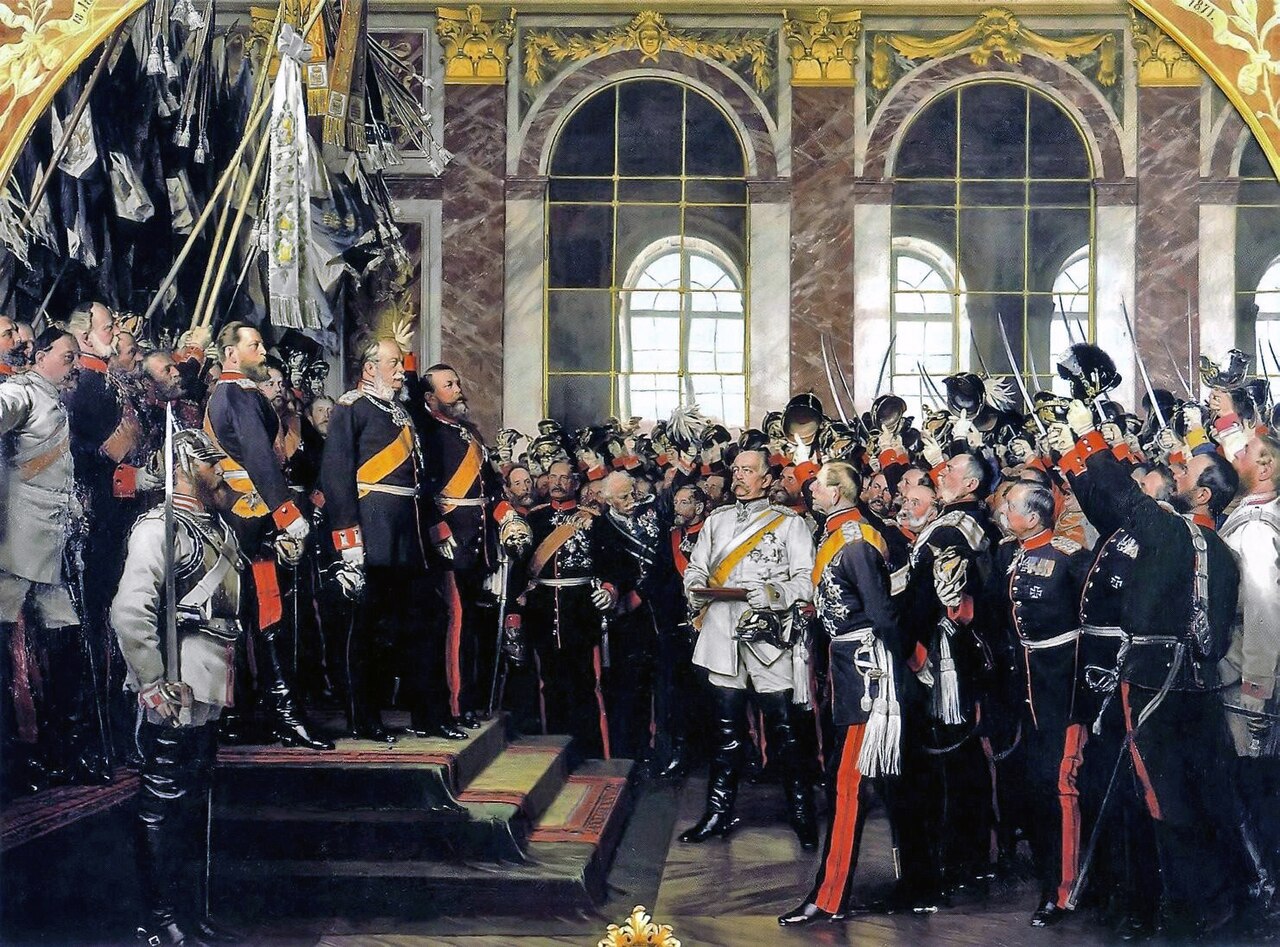In the mid-nineteenth century, Italy was again attempting Italian unification. There had been a very short-lived Republic of Rome previous to this, which was led by Giuseppe Garibaldi, but this time the leader would be Camillo Benso Count of Cavour Prime Minister of Piedmont Sardinia. Cavour was a very intellectual man and was a proponent of classical liberalism. He wanted a unified Italy with the monarch of Piedmont Sardinia at its head. First, he had to get the Austrians out of northern Italy. To do this he needed outside help, so in the Crimean war, he sent fifteen thousand troops to fight on the side of the French to try and win French favor. Eventually, the French aided Piedmont in their fight against Austria, and Piedmont gained the kingdom of Lombardy. After this False plebian votes were set up in other Italian countries so that it looked like they were agreeing to become part of a unified Italy. Giuseppe Garibaldi marched south with a thousand civilians as troops and surprisingly took over the kingdom of Sicily and other southern Italian states. Most of the southern Italians did not know what was going on or what this unification meant, so it was not as if the States were heroically banding together in the fight for unification. After this, the task of unification was almost over, and in 1866 Italy received Venitia from the Austrians, and the papal states, with the exception of the Vatican city, were unified in 1871.

In the 1860s the process of German unification also began. This effort was led by Prussia and the Minister-President of Prussia, Otto Von Bismark. Unification came about in a series of three wars, purposely excluding Austria as it had many nationalities which would cause problems for a unified Austria. The first war was over the mostly German Dutchies of Schleswig and Holstein. They had been Dutchies of Denmark but then Denmark attempted to extend its constitution to Schleswig and Holstein, which angered the Prussians. They quickly defeated Denmark with Prussias advanced military, and the Dutchies became part of Germany. After this Bismark created a diplomatic environment in which Austria declared war on Austria. Austria was defeated and Prussia was lenient with Austria, although it had to recognize the Northern German confederation. The final war was the Franco-Prussian war. The southern German states were still suspicious of Prussia, and Prussia thought a war with France would rally them to the Northern German confederation. Bismark heavily edited a meeting between the King of Prussia, Wilhelm I, and the French Ambassador to make it seem like insults had been exchanged. This so angered the French that they declared war on Prussia. The Prussians defeated the French and they had to give up the territory of Alsace-Lorraine. The southern German states rallied to the German Confederation, as Bismark had expected, and this was the beginning of a unified Germany.